
Rabindranath Tagore was an Indian polymath who became the first non-European to win the Nobel Prize in Literature for his profoundly sensitive, fresh and beautiful work, Gitanjali, in 1913.
He is also well known to have written the national anthems of Bangladesh and India as well as gave music to the national anthem of Sri Lanka. As a result, his influence, especially in the sub-continent, is going to live forever.
He is also well known to have written the national anthems of Bangladesh and India as well as gave music to the national anthem of Sri Lanka. As a result, his influence, especially in the sub-continent, is going to live forever.
Similarly, Albert Einstein too received the most coveted prize in the year 1921 mainly for his explanation of the photoelectric effect. But he has become more famous for his theories of relativity and for the equation E=mc² meaning the equivalence of mass and energy. Einstein was not just a great scientist but also a man deeply involved in the matters of society and politics.
The two gentlemen decided to meet on July 14 (1930) in Berlin at Einstein’s place to talk about variety of things, ranging from the nature of reality to their individual tastes in music. Tagore in fact suggested that their conversation be recorded and put together in a book.
However, when they met, Tagore did not know sufficient German and Einstein’s English was too weak to converse with. Hence they had to bring interpreters for the meeting. Neither Tagore nor Einstein was happy with the recorded conversation as the translations had lost their charm. Therefore, they themselves corrected their own parts before making it public. The book was published titled, Science and the Indian tradition.
On truth and beauty
Einstein: Are truth and beauty independent of man?
Tagore: No.
Einstein: If there would be no human beings any more, would the Apollo of Belvedere no longer be beautiful?
Tagore: No.
Einstein: I agree with regard to this conception of beauty but not with regard to truth.
Tagore: Why not? Truth is realized only through man.
Einstein: I cannot prove if my conception is right but that is how I see it.
Tagore: We individuals approach truth through our own mistakes and blunders, through our accumulated experiences, through our illumined consciousness – how, otherwise, can we know the truth?
Einstein: I know not how to prove scientifically that truth must be conceived as truth and be independent of humanity; but I believe it firmly. I believe, for instance, that the Pythagorean theorem in geometry is independent of the existence of man. If there is a reality independent of man, I believe, there is also a truth relative to this reality.
Tagore: But truth must essentially be human otherwise whatever we individuals realize as true can never be called truth, at least the truth which is described as scientific and which only can be reached through the process of logic, in other words, by an organ of thoughts, which is human. The nature of truth which we are discussing is an appearance, that is to say, an illusion.
Einstein: The question is whether truth is independent of our consciousness. According to your conception, which may be the Indian conception, truth is not the illusion of the individual, but of humanity as a whole.
Tagore: What we call truth lies in the rational harmony between the subjective and objective aspects of reality, both of which belong to the personality of man. In any case, if there be any truth absolutely unrelated to humanity, then for us it is absolutely non-existing.

Einstein: Then I'm more religious than you are!
Tagore: I believe more in the universal human spirit, in my own individual being. I never believed in any religious institution and practices whether it was Hinduism or Islam or Christianity. My religion is realized through the divinity of humanity and the humanity of god.
On duality
Tagore: I have been told that in the realm of infinitesimal atoms, chance has its play; the drama of existence is not absolutely predestined in character.
Einstein: The facts that make science tend toward this view do not say goodbye to causality. In the macro-world, there is order as well as predictability. However, in the minute world, like you said, the order is not perceptible.
Tagore: I find a parallel in human psychology. Our passions
and desires are unruly but our character subdues these elements into a
harmonious whole. Does something similar to this happen in the physical world?
Are the particles rebellious and dynamic with individual impulses? And is there
a principle in the bigger world which dominates them and puts them into an
orderly organization?
Einstein: Even the particles are not without statistical order; atoms of radium will always maintain their specific order, now and ever onward, just as they have done all along. There is, therefore, a statistical order in the particles.
Tagore: That is beautiful. It is the constant harmony of chance and determination which makes nature eternally new and living.
Einstein: I believe that whatever we do or live for has its causality; it is good, however, that we cannot see through to it.
On music
Einstein: How’s the Indian music different from that in the west?
Tagore: The musical system in India is not so rigidly fixed as is the western music. We praise the composer for his genius in creating a foundation, but we expect from the player his own skill in the creation of variations of melodic flourish and ornamentation.
Einstein: That is only possible where there is a strong artistic tradition in music to guide the people’s mind. In Europe, music has come too far away from popular art and feeling and has become something like a secret art with conventions and traditions of its own.
Tagore: So you have to be absolutely obedient to this too complicated music.
Einstein: Can the Indian music be sung without words? Can one understand a song without words?
Tagore: Yes, we have songs with unmeaning words, sounds which just help to act as carriers of the notes. In India, the measure of a singer’s freedom is in his own creative personality. The singer is at liberty to add his own words to the song which he is singing.
Einstein: It requires a very high standard of art fully to realize the great idea in the original music, so that one can make variations upon it. In our country the variations are often prescribed. It seems that your music is much richer in structure than ours. Japanese music also seems to be so.
Tagore: I am deeply moved by the western music and I feel that it is great, that it is vast in its structure, and grand in its composition. Our own music touches me more deeply by its fundamental lyrical appeal. European music is epic in character; it has a broad background and is Gothic in its structure.
Einstein: Yes, yes, that is very true. When did you first hear European music?
Tagore: At seventeen, when I first came to Europe. I came to know it intimately, but even before that time I had heard European music in our own household. I had heard the music of Chopin and others at an early age.






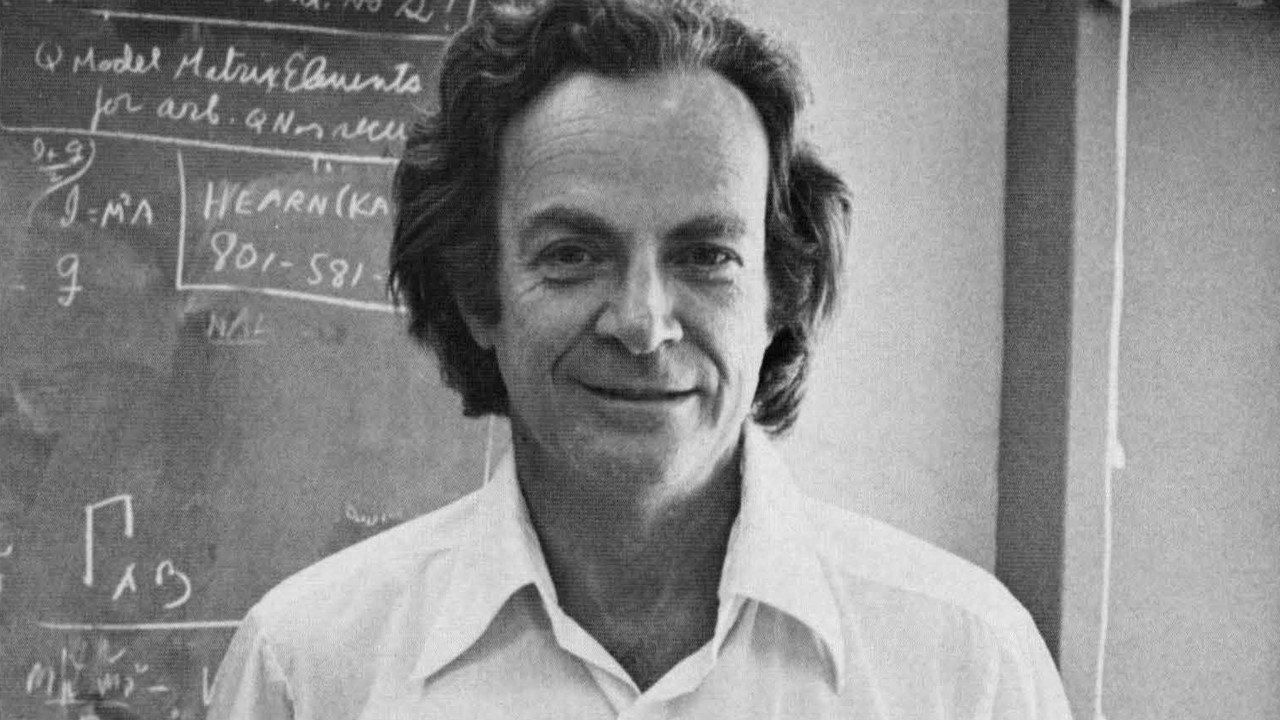

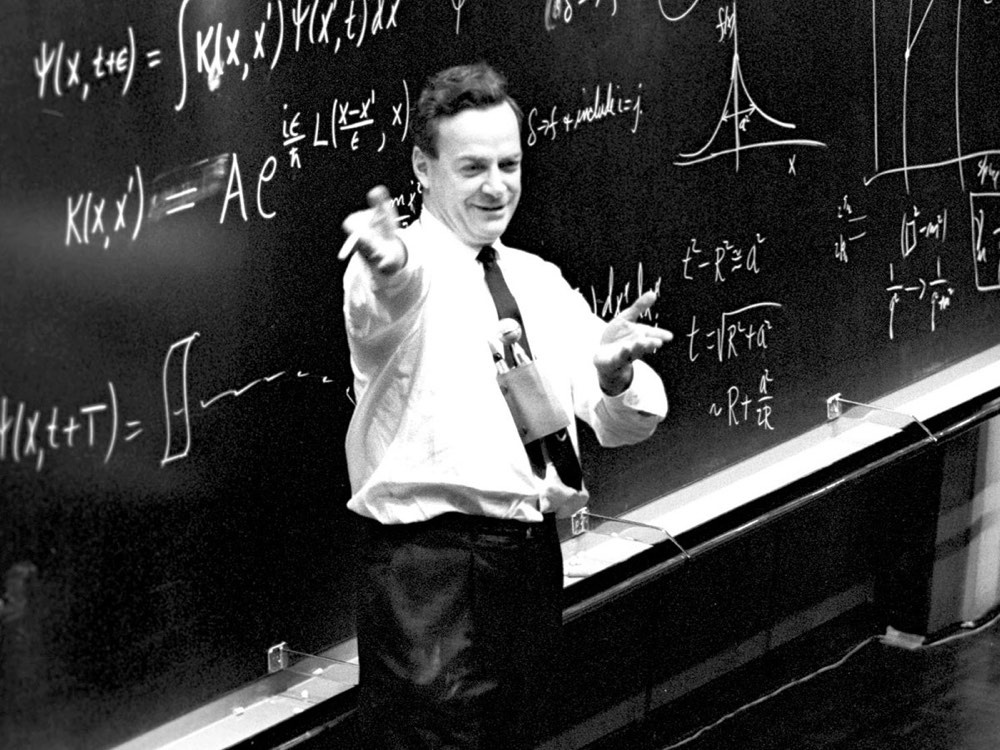





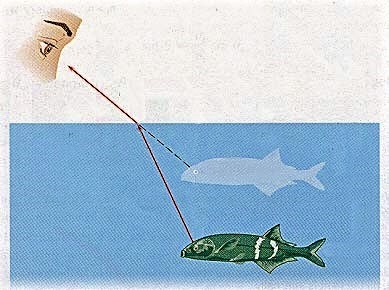



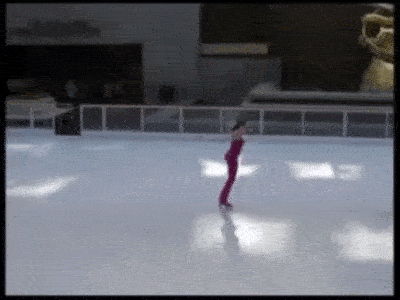



















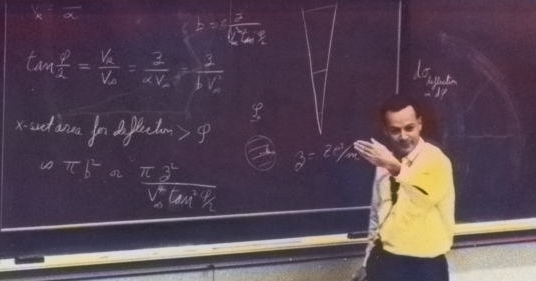


 Physics, astronomy and science history blog for students
Physics, astronomy and science history blog for students